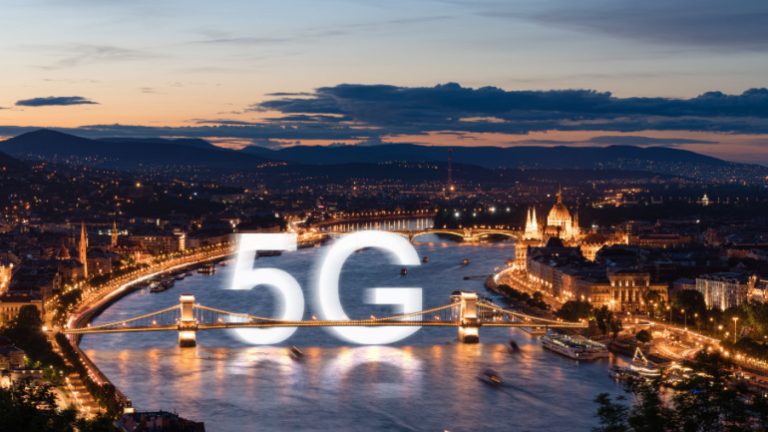In an important step towards making the 5G network more robust for future technologies, Finnish company Elisa has successfully tested a new uplink carrier aggregation technology. This test, conducted in collaboration with telecommunications giants Ericsson and Qualcomm, represents a leap in readiness for the requirements of the metaverse and other advanced applications.
By combining a slice of the 2.6GHz spectrum with a larger portion of the 3.5GHz spectrum, ELISA achieved an impressive download speed of 230Mbps. This trial, which was carried out on its standalone commercial 5G network, used Qualcomm's Snapdragon X75 5G modem for the device and was powered by Ericsson's innovative software.
Martin Lerner, from Ericsson, highlighted the importance of this progress in enhancing user experiences across a range of applications, including live streaming and cloud gaming. The move comes at an opportune time, considering Ericsson's insights that uplink traffic, although currently making up a small portion of total network traffic, is poised to grow with the popularity of applications that require significant upload capabilities.
ELISA's proactive approach to network improvement extends beyond this testing. Previously, the company has introduced technologies such as in-service software upgrades and cloud RAN trials in collaboration with Ericsson and Nokia, underscoring its commitment to leadership in 5G innovation. With its operational standalone 5G networks in Finland and Estonia, Elisa sets the standard for network quality and readiness for the future digital landscape.
This development is part of a broader trend, with other operators such as Vodafone and Telefónica also exploring uplink carrier aggregation to meet the evolving demands of digital communications and entertainment. As digital experiences become more immersive and data-intensive, such innovations in 5G technology are essential to delivering the speed and reliability users expect.


